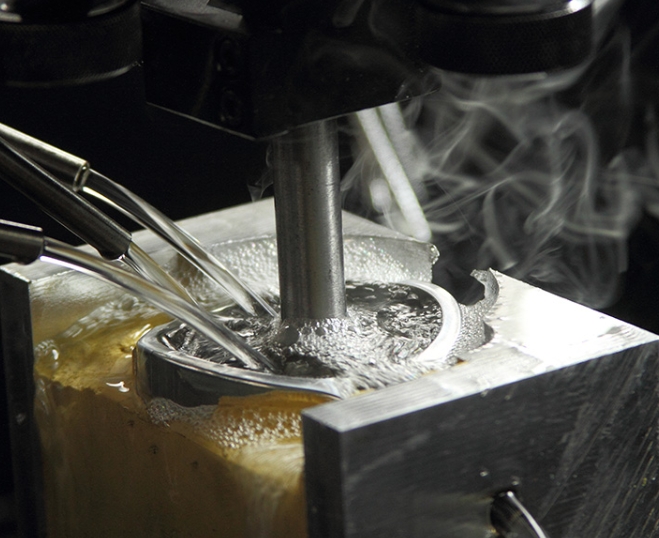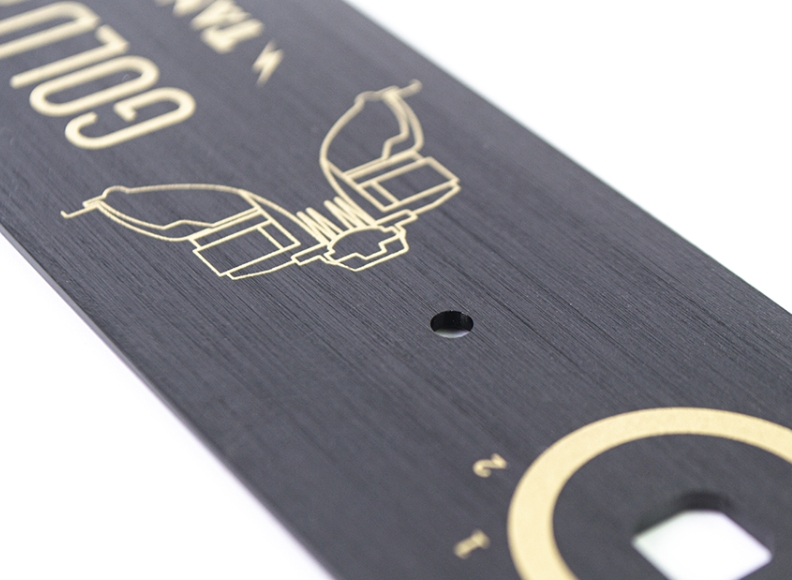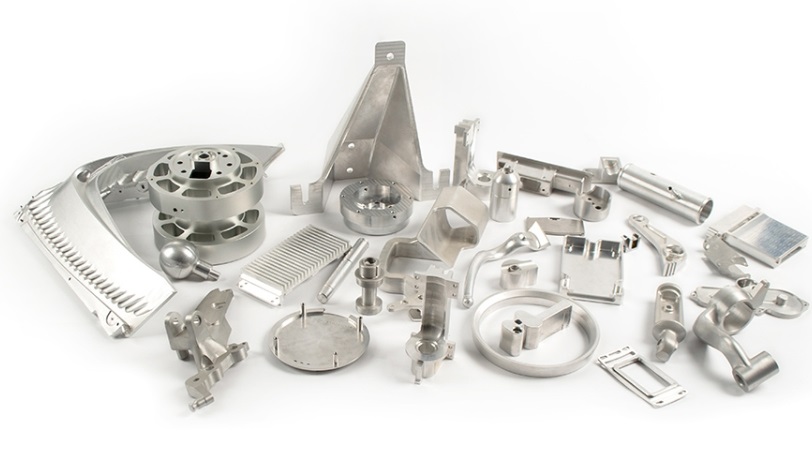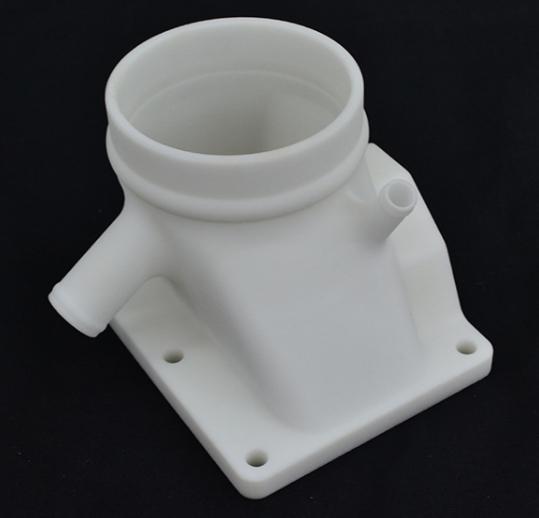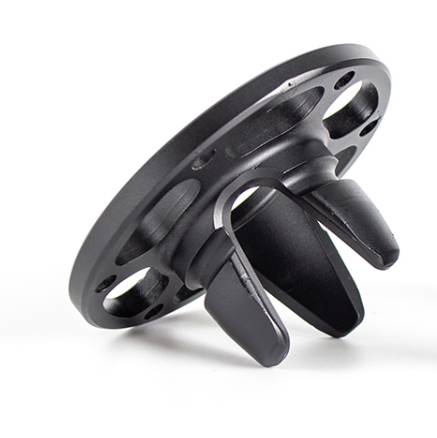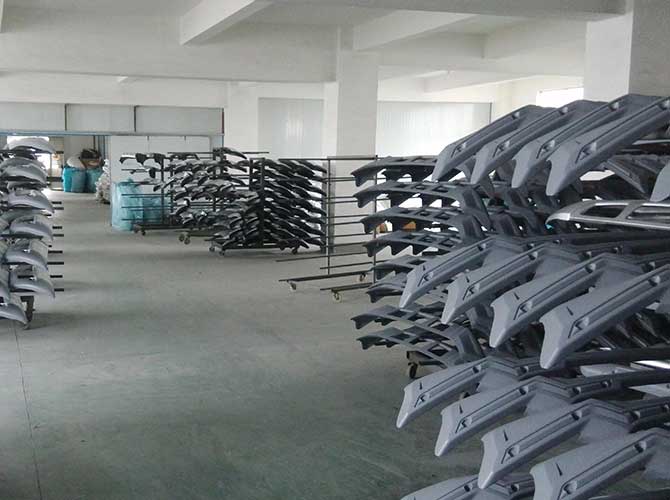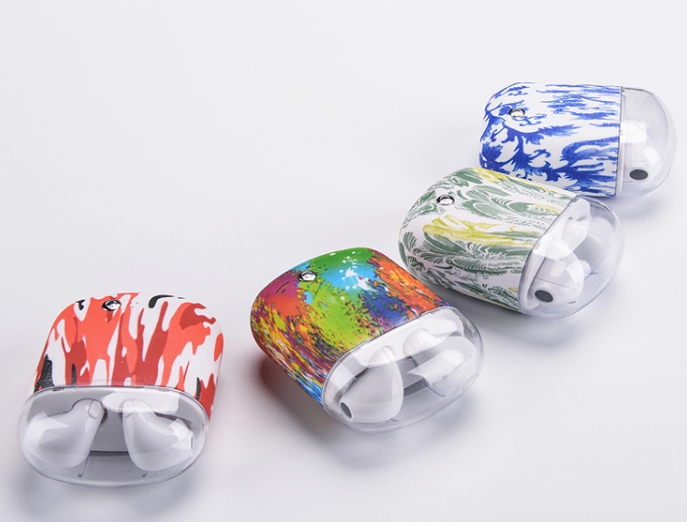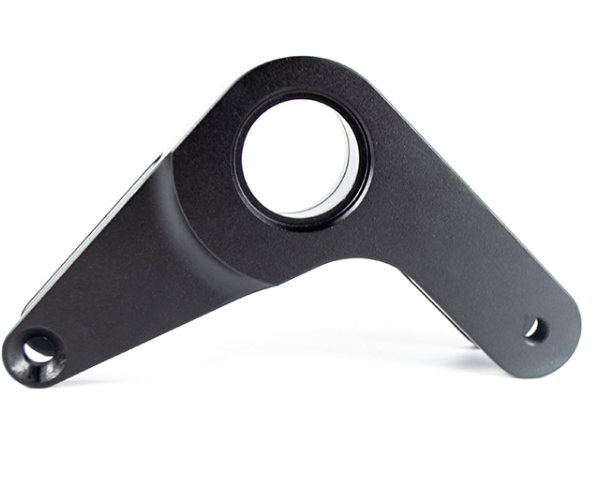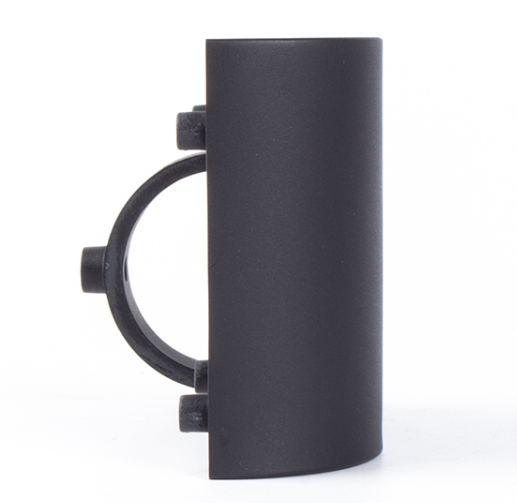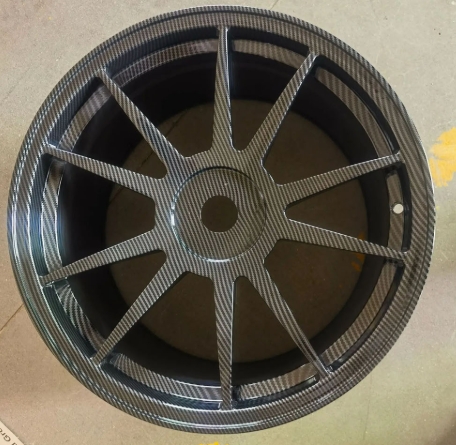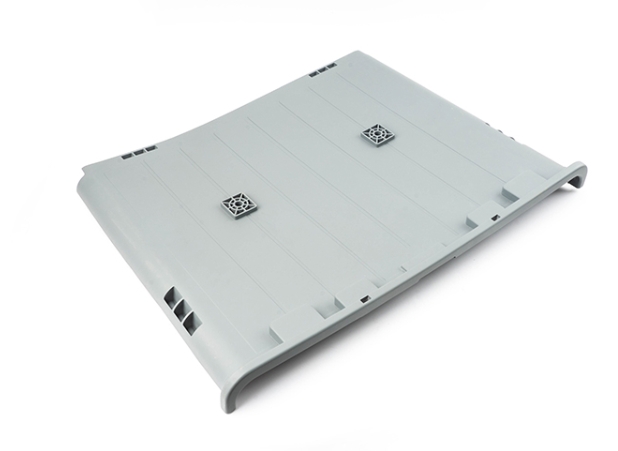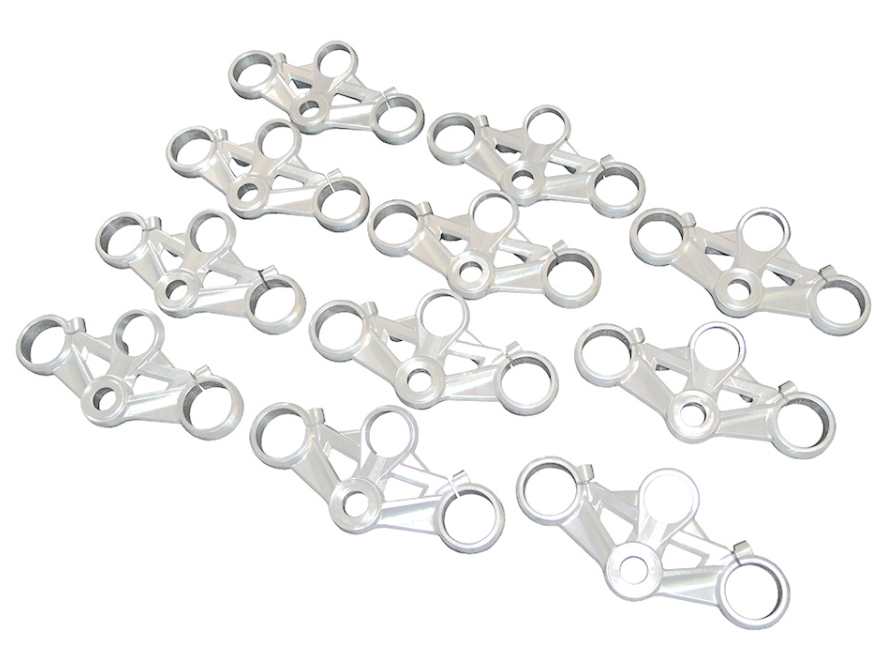What is Silicone Vacuum Casting Process? A Complete Guide for Low-Volume Production
If you’re looking for a fast, cost-effective way to make small-batch prototypes or low-volume production parts, the silicone Vacuum casting process is a game-changer. Unlike mass-production methods like injection molding (which requires expensive molds), silicone vacuum casting uses flexible silicone molds to create high-quality parts—perfect for new product development or small runs of 10–500 pieces. […]
